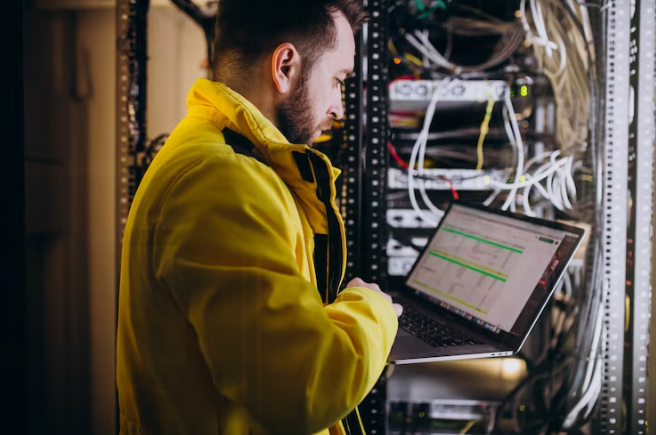Services Links
Licensed and police-checked as per South Australian security regulations.


In today’s fast-paced world, communication is one of the prime requirements. From social media to virtual meetings, we rely on technology to connect us with others. But have you ever stopped to wonder how all that information gets from point A to point B? Fiber optics—the unsung hero of modern communication. Here, with help from experts for data cabling services in Adelaide, we’ll explore the critical role of fiber optics in bridging gaps and connecting the world in ways that were once unimaginable. So buckle up and prepare for a fascinating journey deep into the heart of modern infrastructure!
Fiber optics is playing an increasingly important role in bridging the digital gap between developed and developing countries. In many cases, fiber optic cables are the only practical way to connect remote areas with limited infrastructure to the global communications network.
Fiber optics offers a number of advantages over traditional copper cables, including higher bandwidth and lower attenuation. These characteristics make fiber optic cables ideal for long-distance communications, which is often critical for connecting rural or remote areas to the rest of the world.
In addition, fiber optics is much less vulnerable to electromagnetic interference than copper cables, making it an ideal choice for applications where reliability is critical, such as in medical imaging or military communications.
Fiber optics is a technology that has revolutionized the way we communicate and connect with the world. It has made things more effortless and less stressful in many aspects. Here are some of the ways fiber optics has had an impact on everyday life:
Fiber optic technology has revolutionised the way we communicate, providing faster speeds and reliability that are truly remarkable. It makes it possible for people in even the most rural of areas to access high speed internet and connect with people around the globe like never before. With each advancement in fiber optics, it is furthering our ability to bridge gaps between cultures and countries, bringing us closer together than ever before.
Follow us on Facebook!